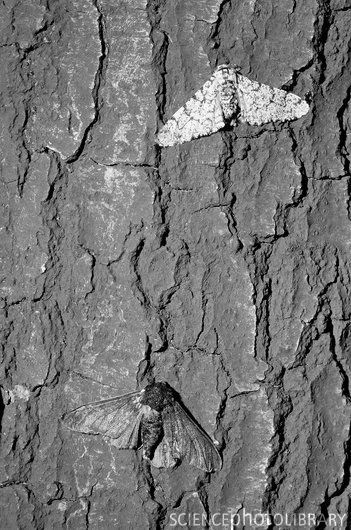
special interest in moths so this is my infodump station | i do IDs!! | sideblog is @oinglboingl | credits to Olivier Bouteleux for the avatar and @campesine-moved for the header | sideblog is @oinglboingl
263 posts
If You Live In The Uk And Want To Identify A Moth You Saw, Or If You Don't But Just Want To Appreciate
If you live in the uk and want to identify a moth you saw, or if you don't but just want to appreciate some cool uk moths, this site is for you
It lets you enter country, size, colour and any special features of the moth you want to find

^ a little fella I found while looking around on it (merveille du jour)
-
 boopert liked this · 11 months ago
boopert liked this · 11 months ago -
 idkwhy132 liked this · 1 year ago
idkwhy132 liked this · 1 year ago -
 not-someone-who-matters liked this · 1 year ago
not-someone-who-matters liked this · 1 year ago -
 pyrokuro liked this · 1 year ago
pyrokuro liked this · 1 year ago -
 mynameiszboss liked this · 1 year ago
mynameiszboss liked this · 1 year ago -
 moonjumps reblogged this · 1 year ago
moonjumps reblogged this · 1 year ago -
 flyingbooks42 liked this · 1 year ago
flyingbooks42 liked this · 1 year ago -
 littlebookworm69 liked this · 1 year ago
littlebookworm69 liked this · 1 year ago -
 the-laws-of-physics-were-harmed reblogged this · 1 year ago
the-laws-of-physics-were-harmed reblogged this · 1 year ago -
 plenitude20232024 liked this · 1 year ago
plenitude20232024 liked this · 1 year ago -
 moonjumps liked this · 1 year ago
moonjumps liked this · 1 year ago
More Posts from Mysticmothworld
Moths?
Moths? Moths. Moths moths moths :)









there's an end in friend.
there's an over in lover.
there's hell in hello.
there's a lie in believe.
but father and mother?
that's where you find fa(THE)r (MOTH)er.
PSA: don't pick up random spiky or hairy caterpillars
A lot of them have urticating hairs, which really itch when embedded in the skin and can cause further damage upon ingestion or contact with mucous membranes. Sometimes caterpillars' hairs or spikes are filled with venom which is released into your skin on contact and can hurt like hell and even cause respiratory problems, in the case of southern flannel moth caterpillars (Megalopyge opercularis), picture of one below for reference:

And, in the case of Lonomia obliqua caterpillars, these hairs can even cause internal bleeding and death (with a horrifying death rate of 2,5%). Picture below:

I know, they're cute. But it's not worth it.
Image sources: [1] [2]
Natural Selection and the Case of the Peppered Moth
If you're anything like me and you spend a lot of time talking about Interesting Facts and Things to anyone who will listen, you may have heard a slightly warped account of the story of the peppered moth. Maybe someone said something like: "Oh yeah and in England there was this moth that turned black during the industrial revolution due to all the coal dust in the air". Which is... not exactly true.

Let me start the story from the beginning. Before the industrial revolution, peppered moths (Biston betularia) were distributed across England, Europe and North America. They existed in 3 morphs: typica (mostly white), carbonaria (mostly black) and insularia (inbetween). Note: I'm mainly going to talk about the typica and the carbonaria morph here.
Before the industrial revolution, the typica morph was the predominant morph. Peppered moths lived in forests filled with light trees and lots of lichen, a good place for a typica morph to blend in. The carbonaria morphs were living life on hard mode, though. They did not blend in, and were more easily picked out by predators like birds. Below you can see how well a typica morph blends into lichen.

Then the fire nation attacked. Jk, then came the industrial revolution. Factories were pumping out coal fumes into the air, covering forests nearby with coal dust and killing the lichen that grew on them. In these forests, the carbonaria morph blended in better. Predators began to pick out typica morphs more often. And so, carbonaria morphs became the predominant morph in forests near industrialized areas.

Naturalists, noticing this, wanted an adequate answer on why this was happening. In the 1950s Bernard Davis Kettlewell used various methods to test the hypothesis that it was natural selection. And indeed it was. Typica morphs were 2x more likely to be eaten in a polluted forest than carbonaria morphs, and vice versa.
This phenomenon was so common, and observed in many other moth species across industrialized areas, that it was even given a name: industrial melanism.
So there you go. The full story of the peppered moth :)
Oh and I should add that in areas where the effects of industrialization were reversed, the typica morph once again becomes more common.
Sources:
Peppered moths: moth life cycle
Peppered moths: natural selection
Peppered moths: dr ketllewell
